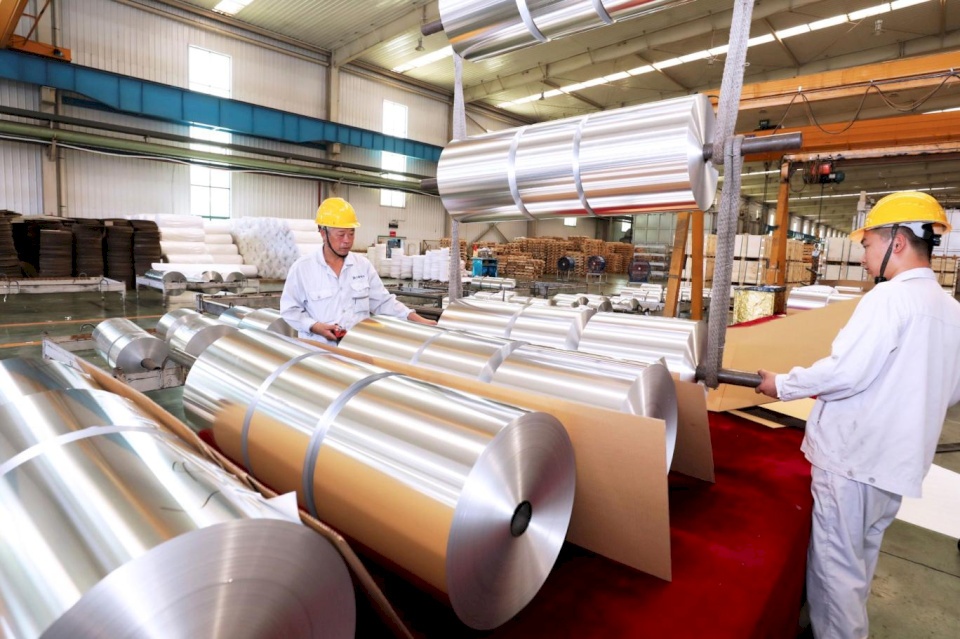
Despite Trump Tariff Suspension, Weakness in Chinese Factories Persists
SadaNews - Factory activity in China remained sluggish during August, as the government's campaign against price wars hampers production and negates the positive impact of the extended trade truce with the United States.
The National Bureau of Statistics announced on Sunday that the official manufacturing purchasing managers' index (PMI) reached 49.4 compared to 49.3 in July. The average estimate from economists surveyed by Bloomberg was 49.5. Any reading below 50 indicates contraction.
Meanwhile, the non-manufacturing index, which measures activity in construction and services, rose to 50.3 from 50.1 last month, according to the bureau, compared to expectations of 50.2.
The prolonged recession in the manufacturing sector has shifted into an economic slowdown, which saw a sharp decline in July, even as trade relations with the United States remained stable after U.S. President Donald Trump extended the suspension of higher tariffs on Chinese goods for an additional 90 days, until early November.
The government campaign to reduce excess production capacity within the country adds to the burden of tariffs. Analysts noted that local governments have restricted new investments in industries that are facing intense competition, as officials target practices they blame for undermining profits and pushing the economy towards contraction.
"Improved weather conditions may have contributed to increased travel and construction activity and related activities. However, efforts to limit excess production capacity, temporary factory shutdowns in northern China ahead of the military parade on September 3, coupled with worsening declines in the housing market, are likely keeping the economy under pressure," according to Bloomberg Economics.
Expectations for Greater Support from Beijing
The absence of a clearer recovery in manufacturing has raised the likelihood of Beijing providing greater support for economic growth, especially if the trade war reignites. President Donald Trump has threatened to impose tariffs of 200% if China does not deliver rare earth metals deemed essential for everything from electric vehicles to missiles.
Although external shipments to non-U.S. markets have more than compensated for the decline in orders coming from the United States since the beginning of this year, it is unclear whether foreign demand will hold up in the coming months.
China has partly relied on third countries to circumvent tariff barriers and to manufacture finished products or components. However, this trend is facing a test with increased U.S. scrutiny on redirecting Chinese shipments, which could pressure exports in the coming months.
More headwinds may be looming on the horizon, as the Mexican government plans to increase tariffs on China as part of its 2026 budget proposal, according to Bloomberg News, meeting a long-standing demand from Trump.
Chiwei Jiang, chief economist at Pinpoint Asset Management, stated: "On the positive side, export activities have managed to remain strong despite high U.S. tariffs. The macro outlook for the remainder of the year largely depends on how long exports can stay robust and whether fiscal policy will become more supportive in the fourth quarter."

Slight Decline in Gold Prices Amid Anticipation of Economic Data Release

EU Sets End of 2027 for Ban on Russian Gas Imports

Trump Hints at Nomination of Economic Advisor to Head the Federal Reserve

Gold Rises Driven by Expectations of U.S. Interest Rate Cuts

Asian Stocks Rise After Crypto Market Turmoil

Egypt decides to dispose of the regasification ship docked at Aqaba port in Jordan after r...

Stability of Oil Prices Amid Concerns Over Geopolitical Risks to Supplies
